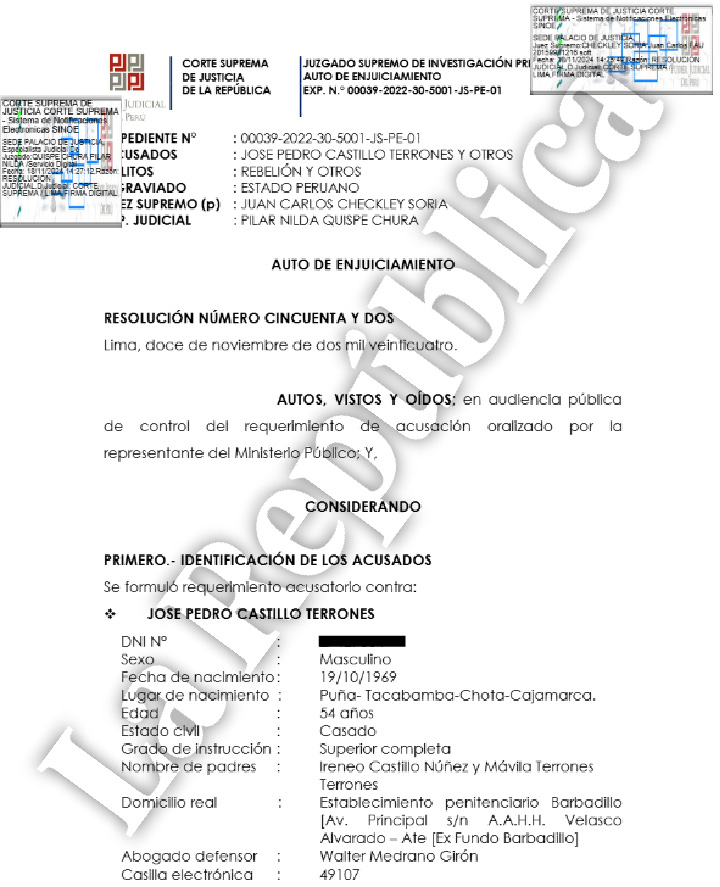The Banco de México cut occurred despite the fact that there was a rebound in general inflation because they argued that core inflation, considered the best to measure the trajectory of inflation by eliminating volatile products, has followed a downward path.
“Core inflation has been linked to 21 consecutive downward readings. While in the month of October, services inflation was below 5% for the first time – after two years -,” Intercam highlighted in a report.
The Governing Board left open the possibility of continuing to discuss rate cuts and it is expected that in 2024 the interest rate will close at 10%, which also indicates that the season of double-digit yields is coming to an end.
“The Federal Reserve will be very cautious when implementing the cuts and Banxico’s space will also be reduced. In this sense, we consider that although the cuts in the reference rate will continue, they will be gradual, while we do not rule out pauses in some meetings,” Intercam noted.
What is the performance of the Cetes?
The 28-day Cetes lowered their yield to 10.5% and three months, the Cetes offer yields of 10.10%.
At six months, the rate of return is 10.21% and at two years the rate is 10.39%.
Cetes continue to be a good investment alternative because it is government debt and therefore is safe.
Inflation in October was 4.7%, so if inflation is discounted from the 28-day Cetes yield rate, for example, the real rate is 5.35%, one of the highest in the market.














